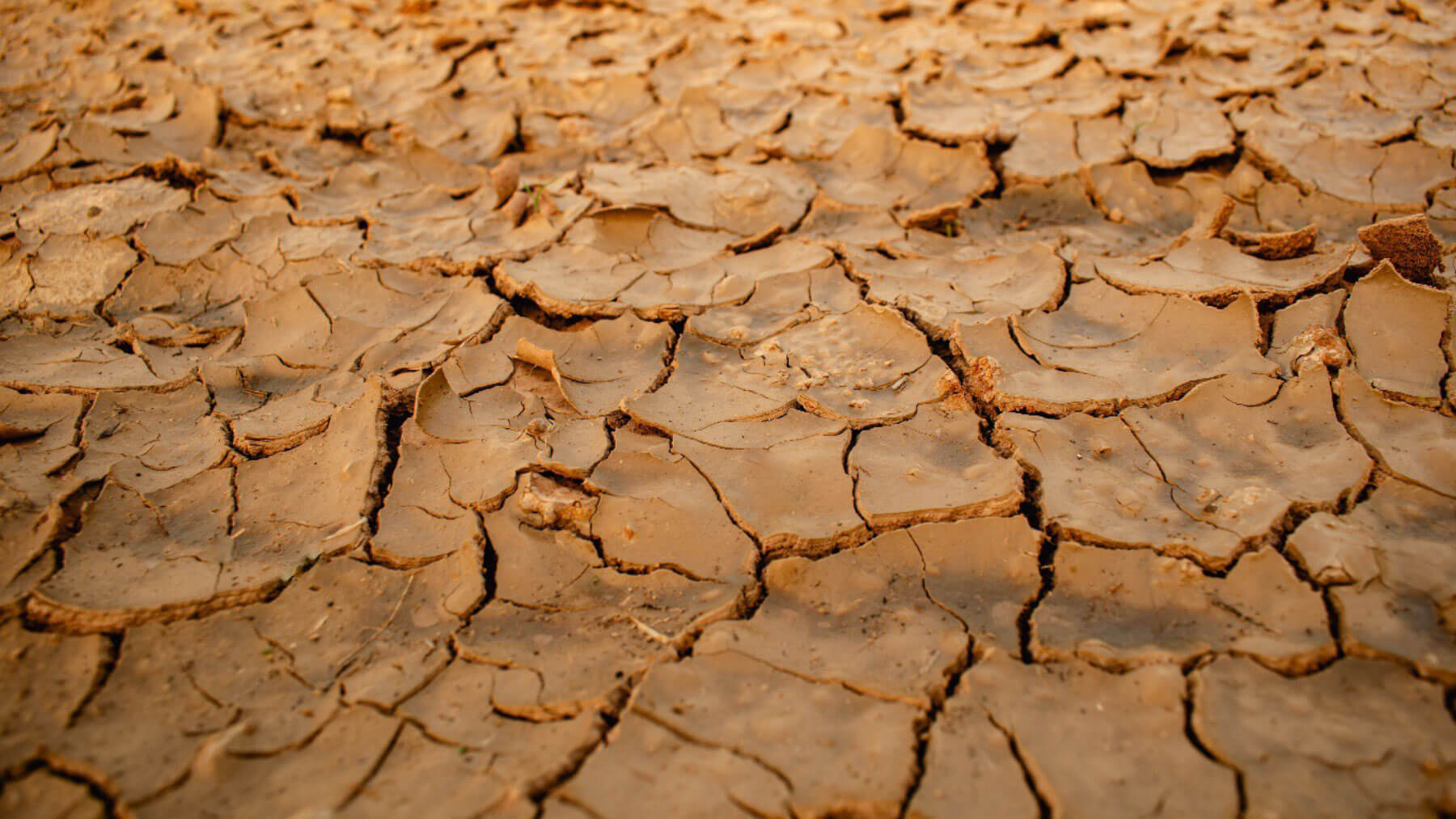New Study Reveals Self-Expansion of Drylands Contributing to Global Spread
Nearly half of the world’s land surface is now classified as drylands, and new research indicates that these regions are accelerating their own expansion. Published in the journal Science on August 29, the study shows that around 45% of global land consists of deserts, shrublands, grasslands, and savanna woodlands, all characterized by water scarcity that impacts natural ecosystems and human activities, including agriculture and forestry.
While climate change and land management practices have long been known to drive the spread of drylands, this study reveals that drylands themselves are a surprising factor in their own proliferation. Researchers from Ghent University, in collaboration with the University of Bristol, Cardiff University, and ETH Zurich, analyzed data over the past 40 years to quantify this self-expansion process.
The findings show that existing drylands contribute to more than 40% of the transformation of humid lands into drylands by releasing less moisture and more heat into the atmosphere, reducing rainfall in downwind regions. This phenomenon poses significant risks to ecosystems and human livelihoods, highlighting the urgent need for sustainable land management and climate change mitigation efforts.





